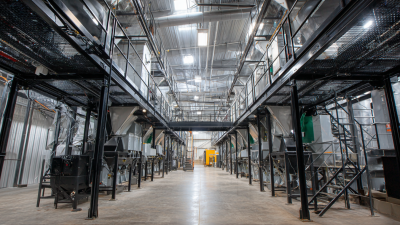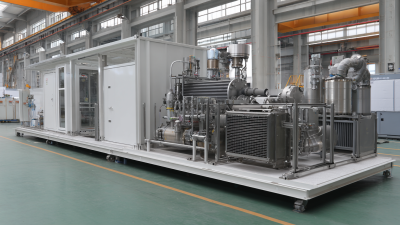Leave Your Message
As the global demand for agricultural products continues to rise, optimizing the crop drying process has become a crucial focus for farmers and agribusinesses striving for maximum efficiency and quality. According to the USDA, effective drying can reduce moisture content from up to 30% to less than 13%, significantly enhancing the shelf life and market value of crops. The role of technology cannot be overstated; incorporating advanced Crop Dryer systems can lead to improved product consistency and energy savings of up to 30% compared to traditional methods.
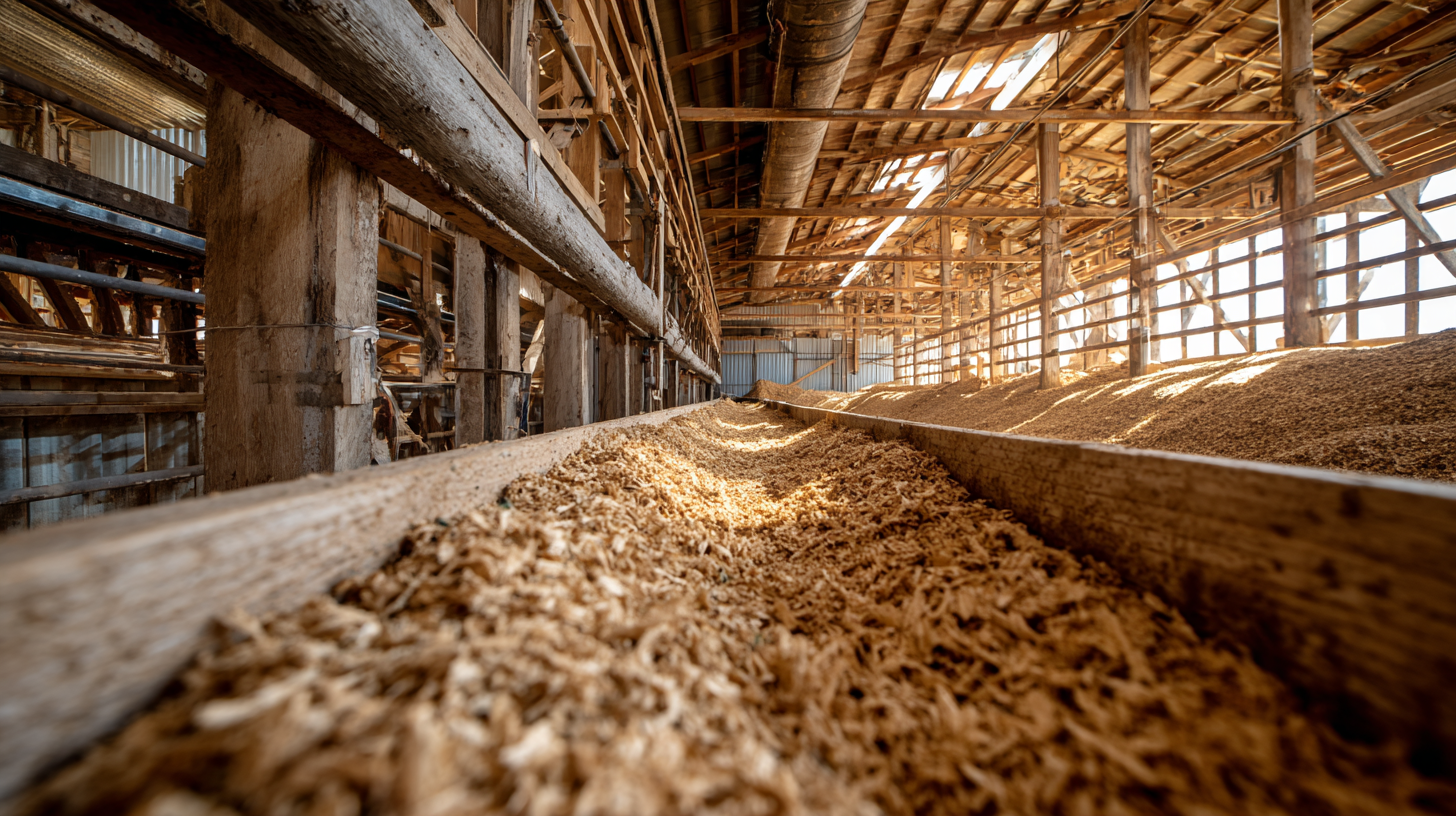
Additionally, a recent report by Market Research Future highlights that the crop dryer market is expected to grow at a CAGR of 5.6%, driven by the increasing need for high-quality agricultural products and sustainable practices. In this context, harnessing the latest advancements in drying technology is essential for maximizing both economic returns and food safety standards in the competitive agricultural sector.
Selecting the right drying method is crucial for optimizing the crop drying process, as it significantly impacts both efficiency and the quality of the final product. Different crop types, such as grains, fruits, and vegetables, require tailored drying strategies. For instance, the United States Department of Agriculture (USDA) suggests that a temperature range of 130-150°F is ideal for drying grains, as it minimizes the risk of spoilage while ensuring minimal nutrient loss. In contrast, delicate crops like berries benefit from lower temperatures and higher humidity to preserve their flavor and quality.
Climate conditions also play a vital role in determining the most effective drying method. According to the Food and Agriculture Organization (FAO), regions with high humidity may require forced-air drying systems to achieve optimal moisture removal, while drier climates can leverage solar drying techniques for energy efficiency.
For instance, using solar dryers can result in up to 80% savings in energy costs and reduce greenhouse gas emissions, making them a sustainable choice for many farmers. By carefully considering both crop type and local climate, growers can enhance their drying processes, leading to improved yields and higher-quality products.
In the pursuit of optimizing crop drying processes, incorporating advanced monitoring and control technologies is essential. These tools can significantly enhance both efficiency and quality, leading to better yield and reduced waste. For instance, real-time monitoring sensors can track moisture levels, temperature, and airflow, allowing for precise adjustments that ensure crops dry uniformly and retain their nutritional value.
As the snowshoe dryer market evolves, the adoption of both electric and gas-powered dryers is on the rise, catering to the diverse needs of different agricultural practices. Advanced features in these dryers, such as automated control systems and data analytics capabilities, empower farmers to make informed decisions. By leveraging such technologies, growers can fine-tune their drying processes, maximizing efficiency while ensuring their crop quality meets market standards.
Implementing energy-efficient practices in the crop drying process is essential for reducing operational costs while maintaining product quality. According to a report by the U.S. Department of Energy, drying accounts for approximately 27% of the total energy used in agricultural processing. By adopting advanced drying technologies, such as high-efficiency gas or electric dryers, farmers can reduce energy consumption by up to 40%, significantly lowering their utility bills.
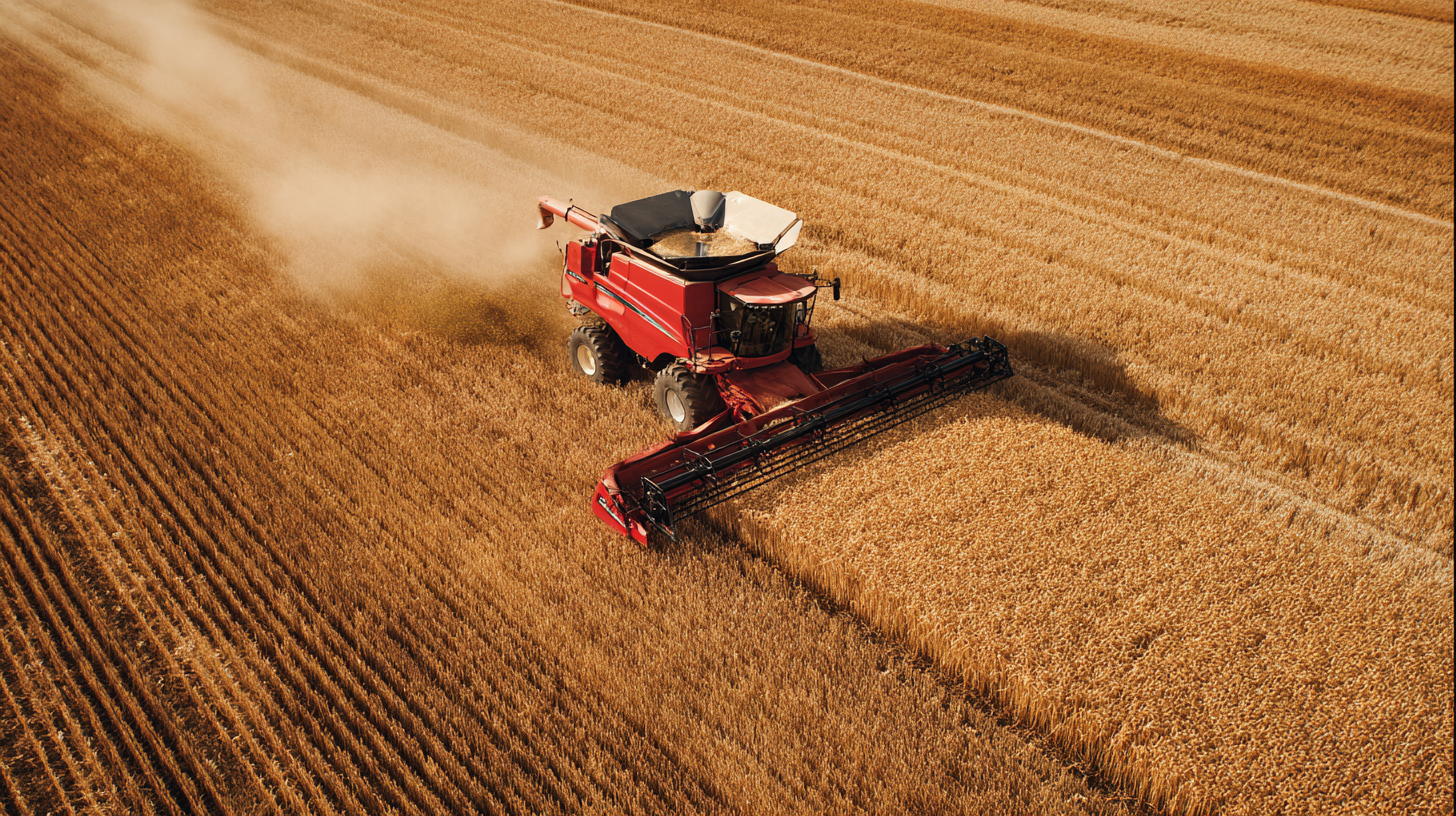
Furthermore, integrating renewable energy sources, such as solar or biomass, into the drying process can enhance sustainability and efficiency. A study from the National Renewable Energy Laboratory found that using solar energy for drying grains can decrease energy costs by over 50%. Additionally, employing proper insulation and heat recovery systems can minimize heat loss, thereby optimizing the drying process and improving energy efficiency. By focusing on these energy-efficient practices, farmers can not only cut costs but also enhance their environmental stewardship in crop production.
Establishing quality control measures throughout the drying process is essential for maximizing both efficiency and the overall quality of crops. One effective approach is to implement standardized monitoring checkpoints at various stages of drying. By regularly checking moisture levels, temperature, and airflow, producers can ensure that crops dry evenly and at the right pace, minimizing the risk of spoilage or loss of quality due to over-drying or inadequate drying conditions.
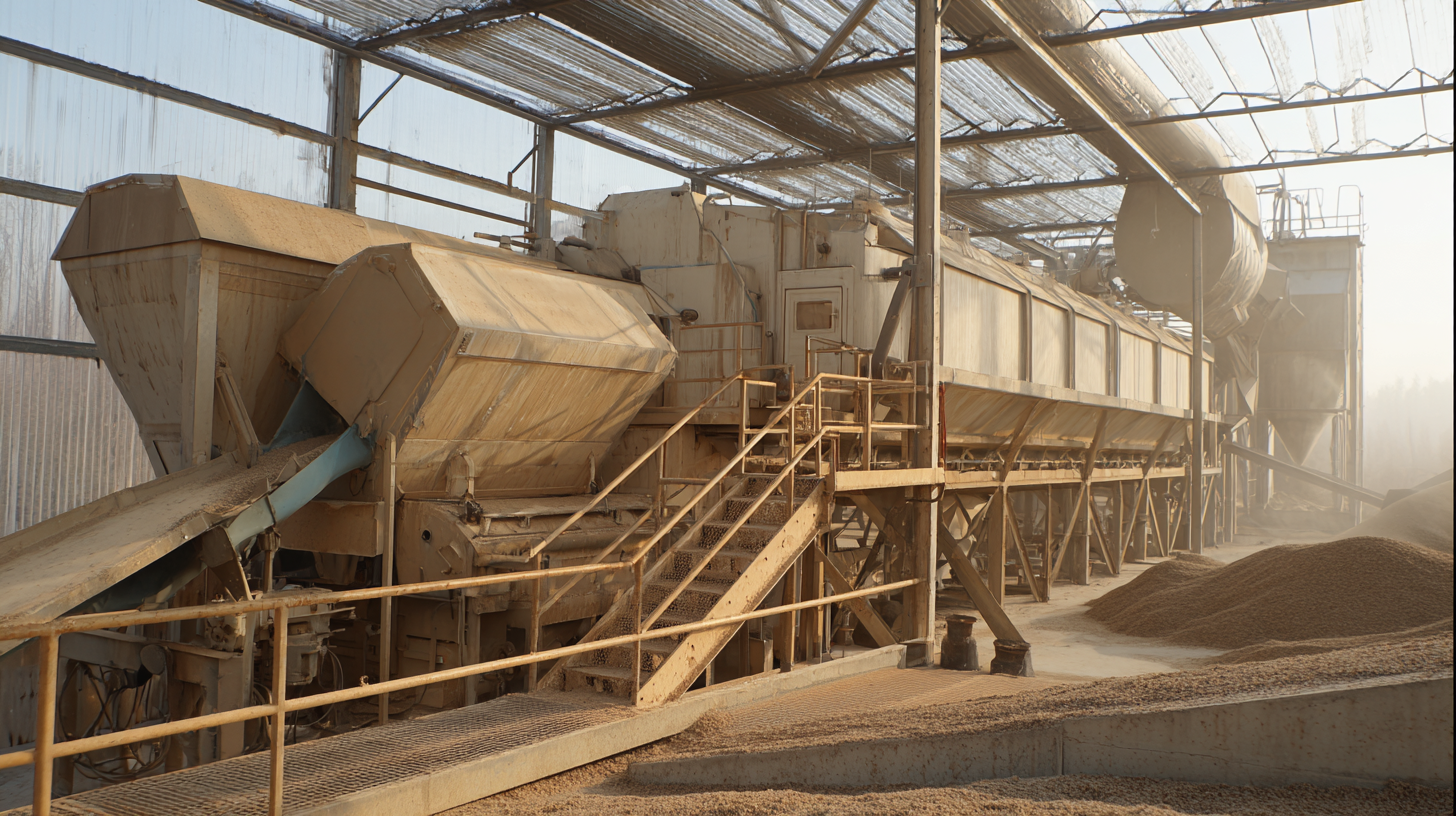
Additionally, incorporating feedback loops within the drying operation can enhance quality control. This involves analyzing data collected during the drying process to identify patterns and areas for improvement. For instance, if certain batches consistently show signs of uneven moisture content, steps can be taken to adjust fan speeds or airflow distribution. Continuous training for personnel on best practices and quality standards can also contribute to a more effective drying process, ensuring that all team members are aligned with the goal of maintaining high-quality crops.
Post-drying techniques play a crucial role in enhancing the quality and shelf life of crops. Once the drying process has been completed, it is essential to implement strategies that preserve the nutritional value and sensory characteristics of the produce. Methods such as controlled cooling and packaging can significantly impact the final output. For instance, rapidly cooling the dried crops can prevent moisture reabsorption, which is vital in maintaining crispness and preventing spoilage. Additionally, using breathable and moisture-resistant packaging can protect the product from environmental factors, ensuring prolonged freshness and quality.
Another effective post-drying technique is the application of natural preservatives or coatings. These can include substances like oils or waxes that create a barrier against moisture and oxygen, further extending the shelf life. Furthermore, engaging in proper storage conditions—adequate temperature and humidity control—can help mitigate quality deterioration over time. By integrating these post-drying strategies, farmers and processors can enhance the overall marketability and consumer satisfaction of their crops, leading to higher economic returns and reduced waste in supply chains.



